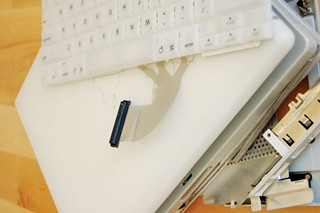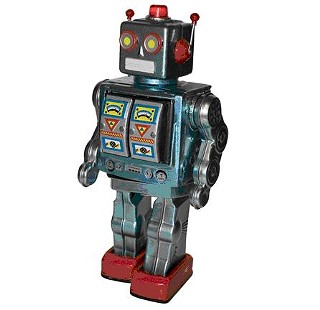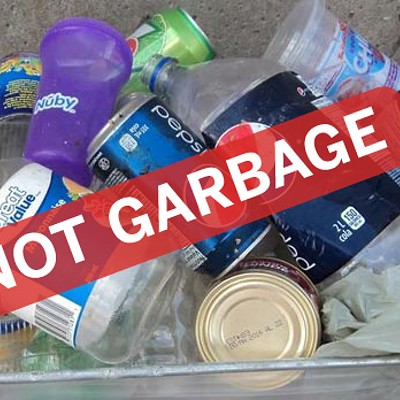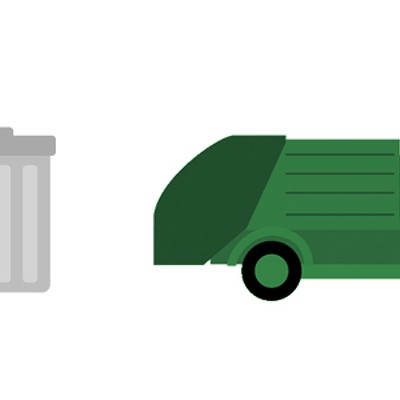It began as an idea, of course, says Bob Kenney, solid waste-resource analyst for the provincial department of Environment and Labour, talking about the provinces new e-waste redirection program, the first phase of which began in February of this year. It includes televisions, computers and printers. The second phase, beginning in February 2009, will include scanners, cell phones, telephones, and audio-visual machines.
Its been talked about many years in the waste management circles. Staff and provincial governments, state governments and the European Union: electronics are increasing probably faster than any other products in the waste stream.
Electronics contain elements such as lead, mercury, cadmium, and some other items that are damaging to the environment. But there could be an economic value to recovering and repurposing these products. Most governments are interested in ensuring that they are appropriately managed, says Kenney.
Check out the Environment and Labour Air, Land, Water website for the list of products: gov.ns.ca/enla/waste/ewaste.asp
Nova Scotia studied the issues and came up with the Electronics Stewardship Program, by which the brand owners, more than even the retailers, must be responsible for the eventual cleanup their product in a post-consumer sense, either themselves or by contracting out to a third party. They must make this information available to the consumer at the point of purchase.
When we wrote the environmental regulations, we put the burden on the producers, says Kenney. We say they have to meet a certain standard and they have to go out and do it. Same with the e-waste. We say, Were banning it from disposal, tell us how youre going to keep it out of the landfill. An industry plan. And thats what they did.
The public is asked to bring their items to drop-off stations. For more information on Atlantic Canada Electronic Stewardship, check out: acestewardship.ca or call 877-774-3260.
After the waste is dropped off, its being sent to a consolidation centre. At the time this guide went to press, it was being sent out of the province, but as of this summer, the waste will be processed and dismantled in the region, with lead being smelted in New Brunswick. It will all be managed by the Nova Scotia Resource Recovery Board. Check out their website for plenty of smart ways to reduce your waste, from paint recycling to tires, and about their Enviro-Depots: rrfb.com.
For more information on e-waste and the greening of computer companies, Greenpeace created an online green computer guide, for the most green computer choices. Find it here: greenpeace.org/international/news/green-electronics-guide-ewaste250806
If computers are less than three years old, theyre often useful to NGOs and educational organizations. Give non-profit online provider Chebucto community net a call: 494-2449, or email [email protected].

















